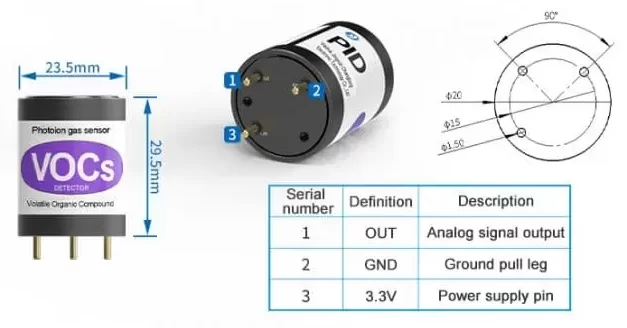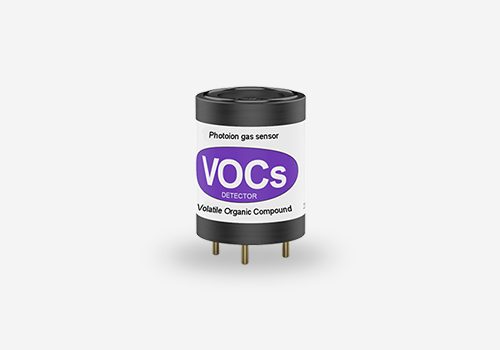Volatile organic compounds (VOC) sensor have become a pivotal technology in the agricultural sector, offering farmers tools to monitor and manage air quality and detect potential environmental stressors. Equipped with cutting-edge sensor technology, VOC sensors have revolutionized the way farmers assess air quality and mitigate the impact of volatile organic compounds on crops. This article explores the profound impact of VOC sensors on agricultural practices, highlighting their benefits and future implications in shaping the industry.
Benefits of VOC Sensor

VOC sensor enable farmers to proactively monitor air quality and detect volatile organic compounds. These sensors provide real-time data on VOC levels, enabling farmers to identify potential sources of contamination and take timely measures to mitigate their impact. Additionally, VOC sensors play a crucial role in assessing the effectiveness of air quality management practices, contributing to improved crop resilience and overall farm productivity.
Future Implications and Advancements
Looking ahead, the future implications of VOC sensors in agriculture are promising. Ongoing advancements in sensor technology and data analytics are expected to further enhance the accuracy and efficiency of these sensors. The integration of VOC sensors with precision agriculture techniques and digital farming technologies will enable farmers to optimize air quality management and crop production. Furthermore, the utilization of big data and machine learning in conjunction with VOC sensors holds the potential to revolutionize air quality monitoring and decision support systems in agriculture, paving the way for data-driven and sustainable farming practices.

Case Studies
Numerous case studies and success stories have demonstrated the tangible impact of VOC sensors on agricultural productivity. For example, a study conducted in a greenhouse environment showcased the effective use of VOC sensors in detecting ethylene levels, a volatile organic compound that can negatively impact plant growth and development. By implementing VOC sensors, growers were able to identify and mitigate ethylene exposure, leading to healthier and more resilient crops. Similarly, in indoor farming settings, VOC sensors have enabled farmers to monitor air quality and detect potential contaminants, contributing to improved crop quality and yield. These success stories underscore the transformative potential of VOC sensors in diverse agricultural settings.
Challenges and Considerations
Despite the numerous benefits of VOC sensors, challenges such as sensor calibration and maintenance exist. Ensuring the accuracy and reliability of the data provided by these sensors requires effective calibration and regular maintenance. Additionally, the accessibility and affordability of VOC sensors for small-scale farmers in developing regions remain a concern, highlighting the importance of targeted support and outreach programs.
Conclusion
In conclusion, VOC sensors have emerged as a transformative technology in the agricultural sector, revolutionizing the way farmers monitor and manage air quality. The integration of these sensors has led to sustainable farming practices, increased productivity, and environmental stewardship. As advancements in technology continue, the future implications of VOC sensors in agriculture are poised to further enhance the industry’s sustainability and resilience. With ongoing research and development, coupled with targeted support for farmers, VOC sensors are set to play a central role in shaping the future of agriculture, ensuring food security and environmental sustainability for generations to come.
